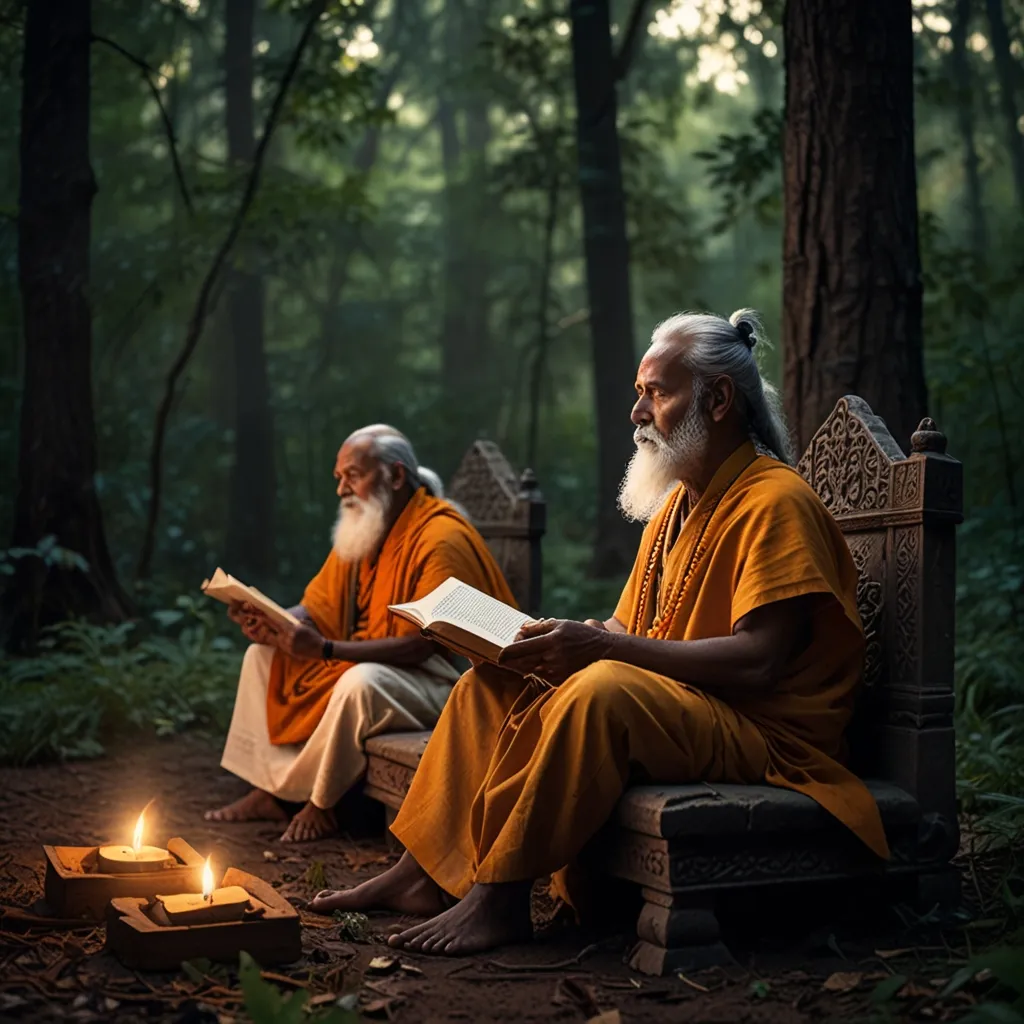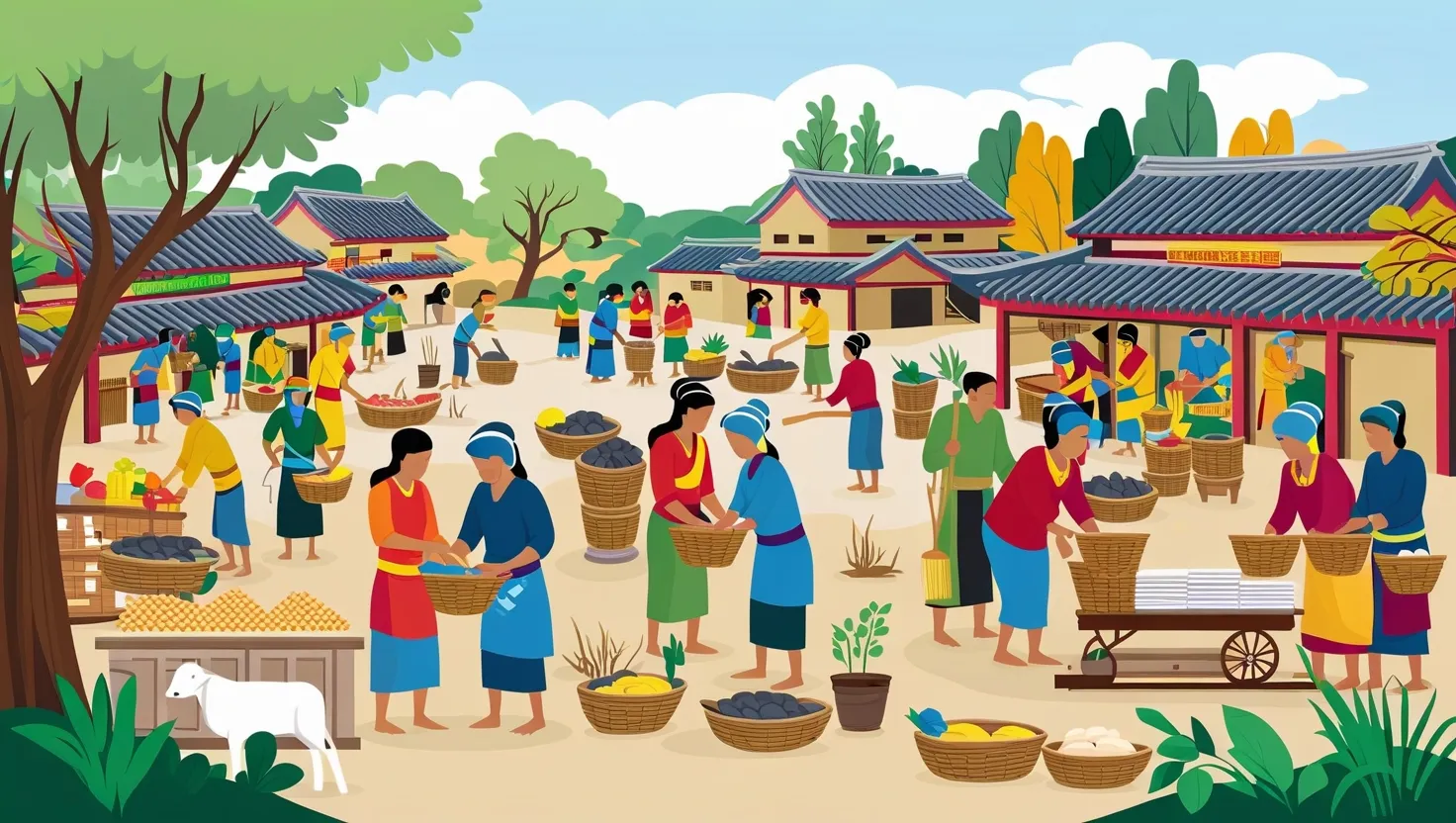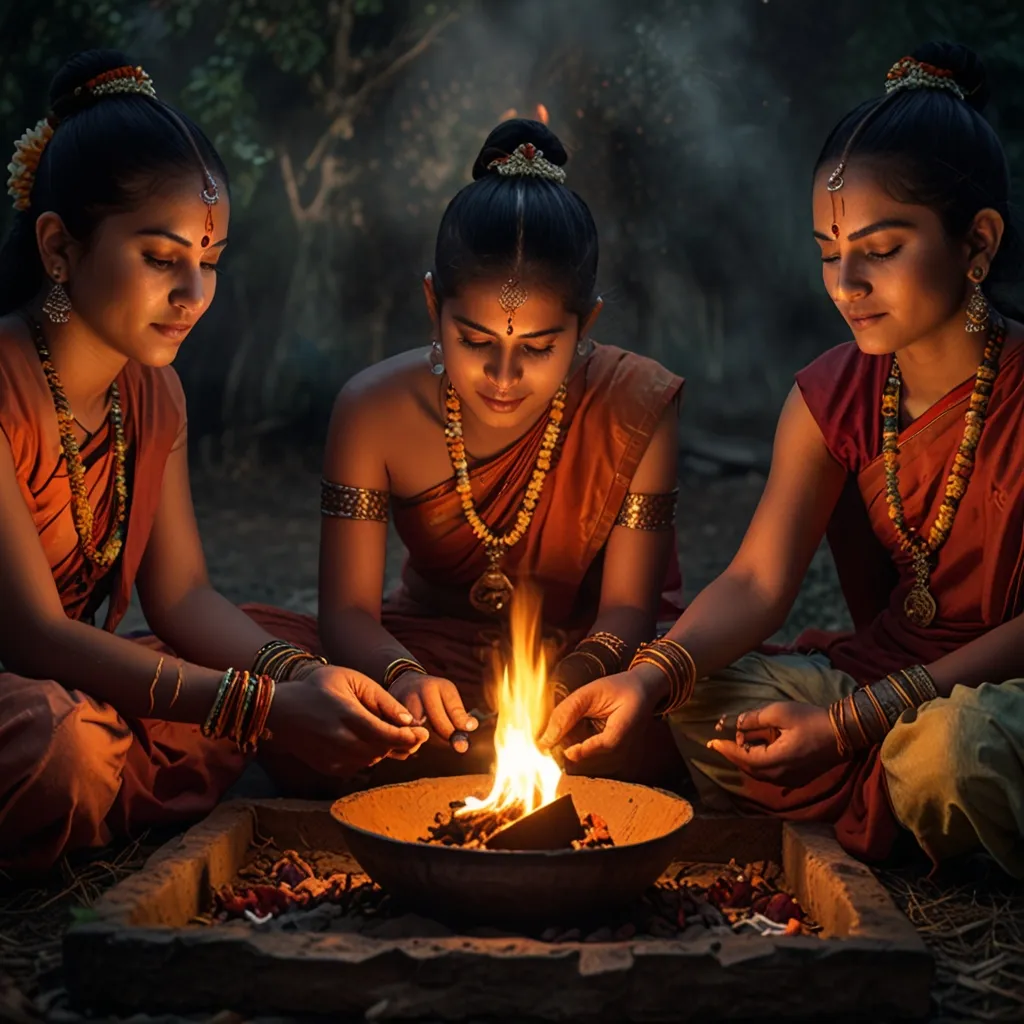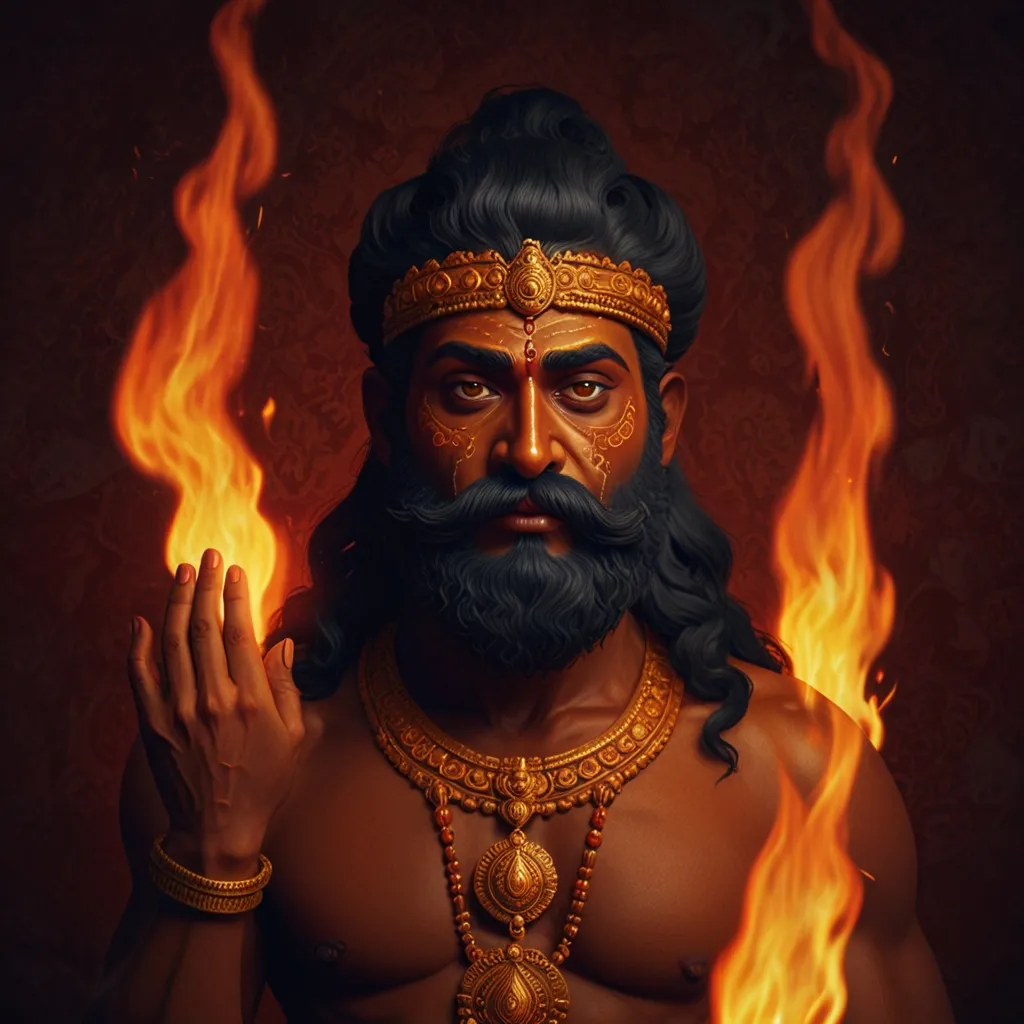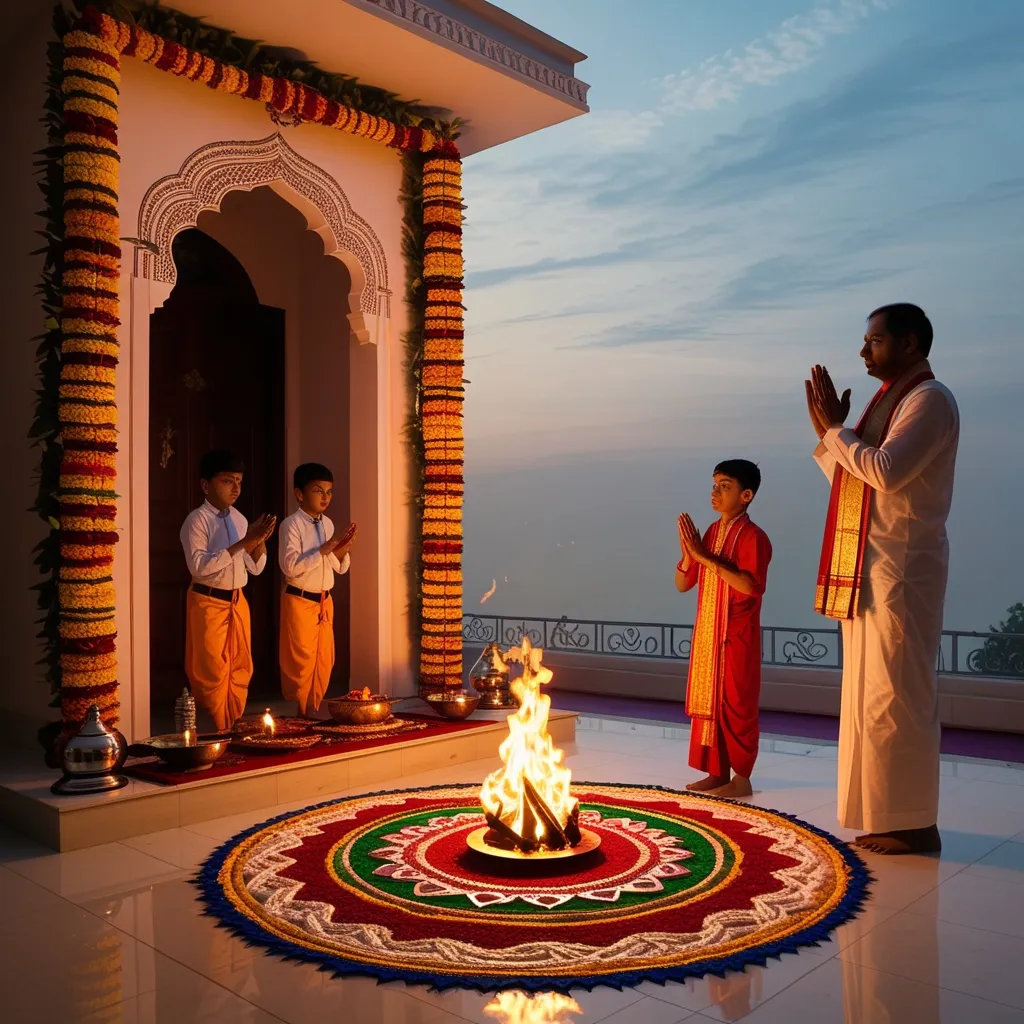Aranyakas are such an intriguing part of ancient Indian Vedic literature. These texts are like the grand finale of the Brahmanas. What makes them so unique is how they mix practical rituals with profound philosophical thoughts. The name “Aranyaka” itself means “forest” in Sanskrit, hinting that these works were meant to be read away from the noise of village life, in the peaceful solitude of nature.
Literally translating to “forest books,” Aranyakas got their names because they were designed to be studied in the serenity of the woods. According to the Taittiriya Aranyaka, the name comes from the practice of studying these texts in isolation, far from the busy village life where Brahmanas were typically read.
You’ll find a delightful variety within Aranyakas. They’re packed with mantras, identifications, etymologies, stories, and symbolic interpretations. This mix gives them a unique structure, sometimes resembling a Samhita, other times a Brahmana or even a Sutra. This diversity makes them a kind of bridge between the ritual-focused Brahmanas and the more speculative Upanishads.
Aranyakas dive deep into rituals and sacrifices, but they’re not just about how to perform these practices. They explore the underlying, meditative meanings and the spiritual significance behind them. For example, the Katha Aranyaka offers various philosophical interpretations of these rituals, shedding light on their deeper purpose.
These texts play a vital role in Vedic literature. They act as a transition from the Karma-Kanda, which deals with rituals, to the Jnana-Kanda, which is all about philosophy. Aranyakas reveal the hidden meanings behind sacrifices and rituals, stuff that the Brahmanas don’t cover in detail. So they kind of set the stage for the philosophical discussions found in the Upanishads.
Aranyakas were composed during a time of shifting focus from rituals to philosophical pursuits. They were aimed at individuals who had moved past the busy life of a householder and were on a quest for a deeper understanding of the world and their place in it. This evolution is mirrored in the Ashrama system where people transition from house life (Grihastha) to a forest-dwelling stage (Vanaprastha) and finally to an ascetic life (Sannyasin).
One of the most well-known Aranyakas is the Brihadaranyaka, part of the Shatapatha Brahmana. It’s famous for the enlightening dialogue between Maitreyi and Yajnavalkya, exploring the nature of the Self and the universe. This text is highly respected and considered one of the greatest Upanishads, offering profound insights into reality.
Aranyakas are a goldmine of Vedic wisdom, blending practical rituals with deep philosophical thought. Meant to be pondered upon in the peace of the forest, these texts were designed for those in search of a deeper understanding of the cosmos and their role within it. They continue to inspire and guide spiritual seekers even today.
